How to Drill in Tight Spaces: A Comprehensive Guide
Whether you’re a contractor working on a remodeling project or a homeowner trying to hang a picture, there will come a time when you need to drill in tight spaces. It’s not always easy, but with the right techniques it can be done. This comprehensive guide will answer common questions and give you useful tips. So read on and learn everything you need to know about this handy DIY skill!
Step-by-step guide to drilling holes in tight spaces
Before we start, make sure you have the following items:
- A power drill
- A variety of bits (we recommend having at least two different sizes)
- Safety goggles
- A dust mask
- Earplugs or earmuffs (optional)
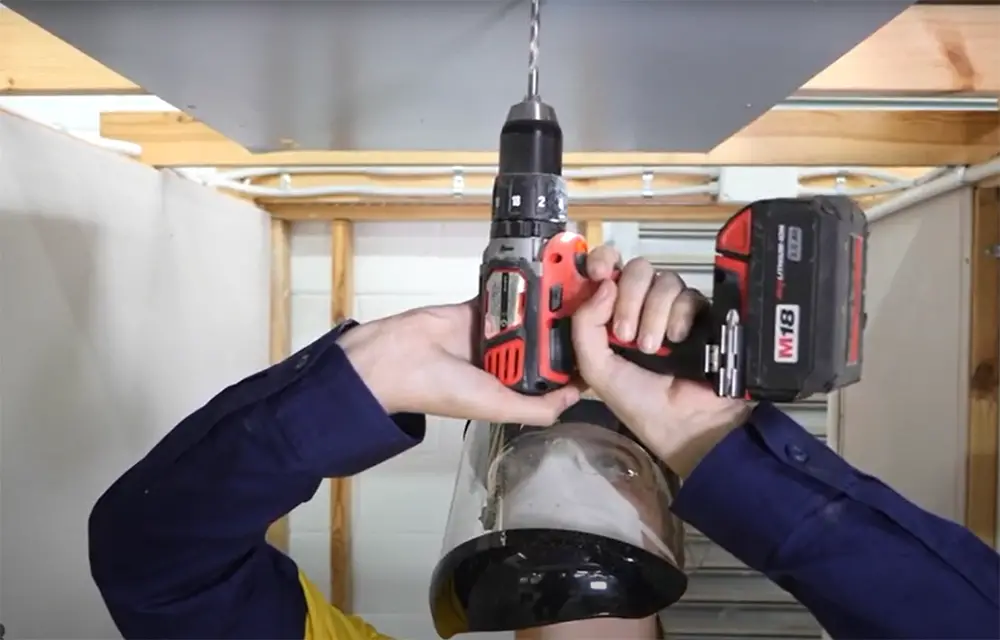
First, mark the spot where you want to drill. If possible, use a pencil or chalk to make your mark; this will help prevent slippage. Once you’ve marked your spot, it’s time to set up your drill.
Begin by slowly depressing the trigger until the bit makes contact with your marked spot. Apply gentle pressure as you start to drill; you can increase the speed once the bit has begun to bite into the surface.
Keep drilling until your hole is as deep as you need it to be, then release the trigger and let the bit come to a stop. Carefully remove any debris from around the hole, unplug or turn off your drill, and put everything away.
What is the best way to drill a hole in a tight space?
Whether you’re drilling through metal, wood, or another material, there are a few things you’ll need to take into consideration before getting started. You need to figure out the size of the hole you’ll need to drill first. Second, select the appropriate sort of drill bit for the task. And finally, you need to be aware of potential safety hazards when working in tight spaces.
Let’s get started!
The first thing you need to do is determine the size of the hole. For instance, if you’re drilling through metal, you’ll need a different sort of drill bit than if you’re boring through wood.
Once you’ve determined the size of the hole, it’s time to choose the right type of drill bit. If you’re unsure which type to use, consult with a professional or ask someone at your local hardware store for advice.
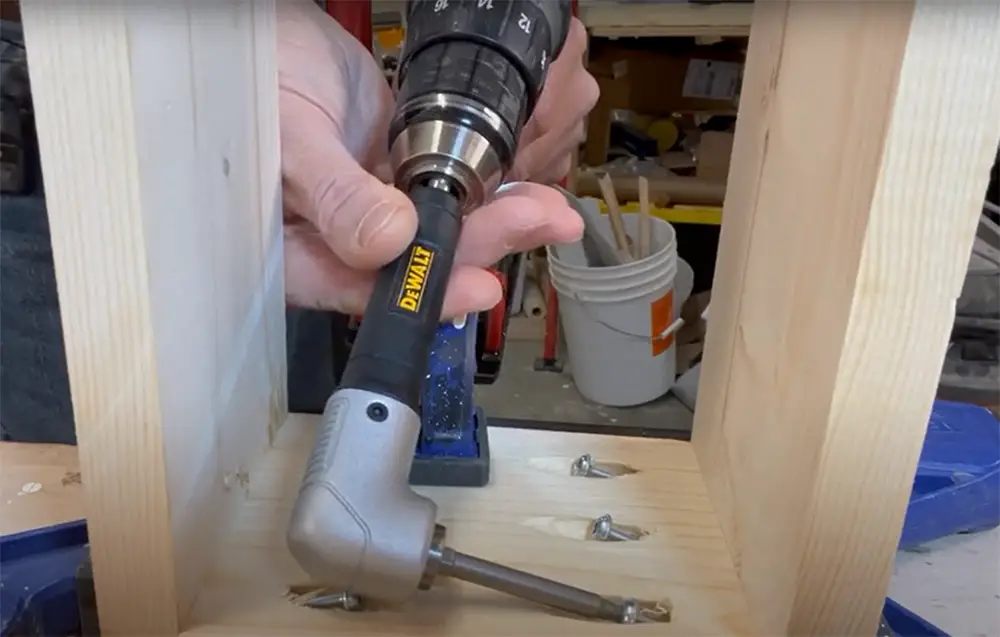
Now it’s time to get started. But before you do, there are a few safety hazards you need to be aware of when working in tight spaces. First, always wear protective eyewear. Second, make sure there is adequate ventilation in the area where you’re working. And finally, be aware of your surroundings and take care not to drill into anything that could cause damage or injury.
How do I figure out if my bit is too large for the area I’m trying to drill?
If the bit is too large, you’ll probably know it before you start drilling. The bit will likely catch on something as you’re starting to drill, and it won’t be able to make a clean hole. If this happens, try using a smaller bit.
Another way is by looking at the size of the hole that’s been drilled. If the hole is significantly larger than the size of the bit, then chances are that the bit was too big for the space.
Lastly, if you’re having trouble getting the drill bit started in the space, it’s likely because it is too big. If you’re struggling to get it into the space, try using a smaller one.
Tips for drilling in tight spaces
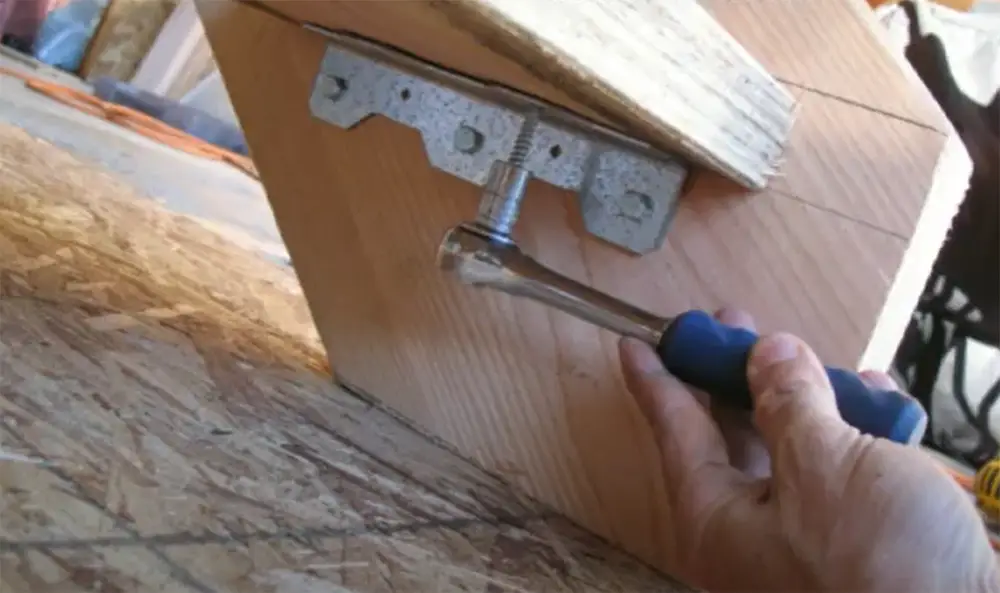
A few suggestions include using a smaller drill bit than you believe is necessary. It’s better to start with a small hole and then make it bigger if necessary than it is to start with a hole that’s too big.
Another tip is to use a smaller bit than the shaft of the drill.
Lastly, take your time. If you rush, you’re more likely to make a mistake and damage whatever it is you’re trying to drill into.
Remember to take your time, use a smaller bit, and opt for a drill bit with a smaller diameter than the shaft of the drill.
When there is not enough space to drill a hole in the drywall, what should I do?
There are a few ways to do this, but the most common is to use a spade bit.
First, you’ll need to find the center of the hole you want to drill. Then, using a sharpie or other marker, draw a circle around that point. This will give you a guide for where to start drilling.
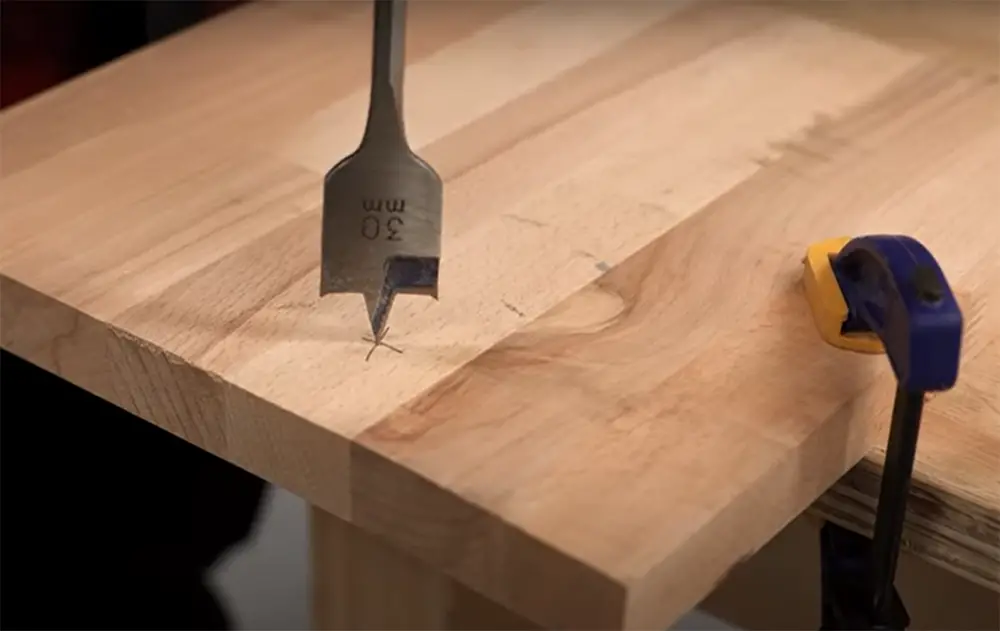
Once you have your guide, set your drill bit to the appropriate size and start drilling slowly. As you drill, be sure to keep the bit as level as possible so that your hole is nice and straight. [1]
If your space is really tight, use a smaller bit and go slowly so that you don’t damage the surrounding wall. But with a little patience, you should be able to get the job done.
How do I make holes through metal in tight spaces?
Whether you’re a carpenter, electrician, plumber, or HVAC technician, sooner or later you’re going to need to make a hole in metal – and it’s not always going to be in an easily accessible spot. So what do you do when confronted with the task of drilling through metal in a tight space?
Here are a few tips:
- Use a sharp drill bit. A dull bit will just cause the drill to slip and could potentially damage the work surface.
- If possible, clamp the work piece down so it doesn’t move around while you’re trying to drill it.
- Start with a small pilot hole before moving up to the size of bit you’ll actually need. This will help to prevent the bit from slipping.
- Use a slow speed and apply moderate pressure when starting the hole. You can increase the speed once the bit has started to cut through the metal.
- Be careful not to overheat the drill bit – if it starts to smoke, take a break and let it cool down before continuing.
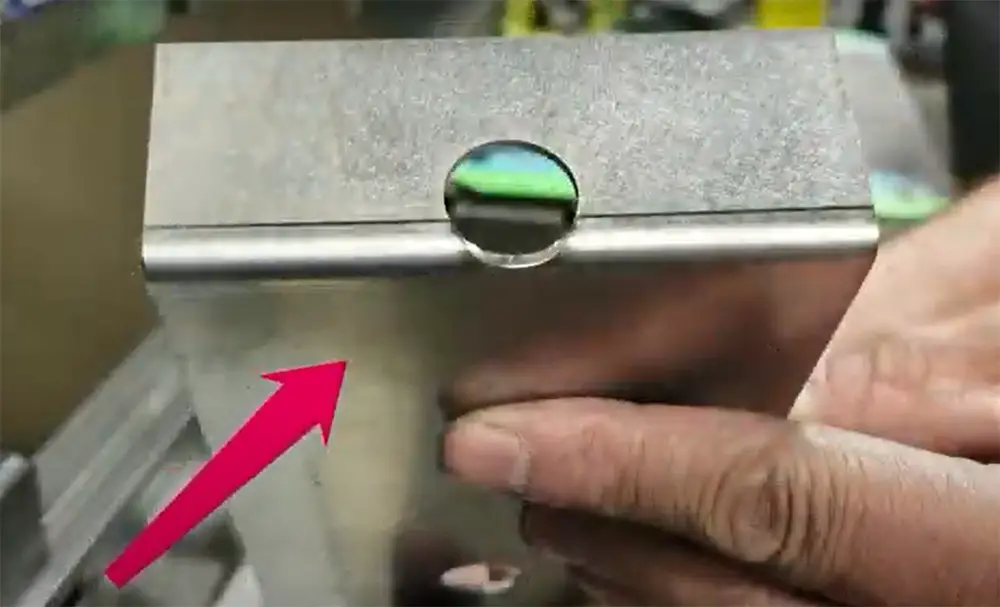
Using an Angled Drill to Work in Limited Space
In order to work in tight spaces, you’ll need an angled drill. An angled drill is a specialized tool that allows you to drill at different angles, which can be very useful when working in limited space. There are two main types of angled drills: right-angle drills and pistol-grip drills. Right-angle drills are the more common type of angled drill and they’re typically used for drilling holes in walls and ceilings. Pistol-grip drills, on the other hand, are designed for more precision work, such as drilling holes in cabinets or other tight spaces.
When using an angled drill, it’s important to keep the following tips in mind:
- Always use the correct size and type of bit for the material you’re drilling.
- Start the drill at a slow speed and increase the speed gradually.
- Apply pressure to the drill bit slowly and evenly.
- Use a light touch when guiding the drill, letting the bit do most of the work.
How Do You Drill a Hole in a Right Angle?
There are a couple of diverse ways. The first is to use an adjustable drill bit. You can adjust the angle of the drill bit so that it is perpendicular to the surface that you’re drilling into. This is the most common way.
Another way is by using a right-angle attachment on your drill. This attachment will allow you to drill at a 90-degree angle, which can be helpful if you’re trying to avoid drilling into something else nearby.
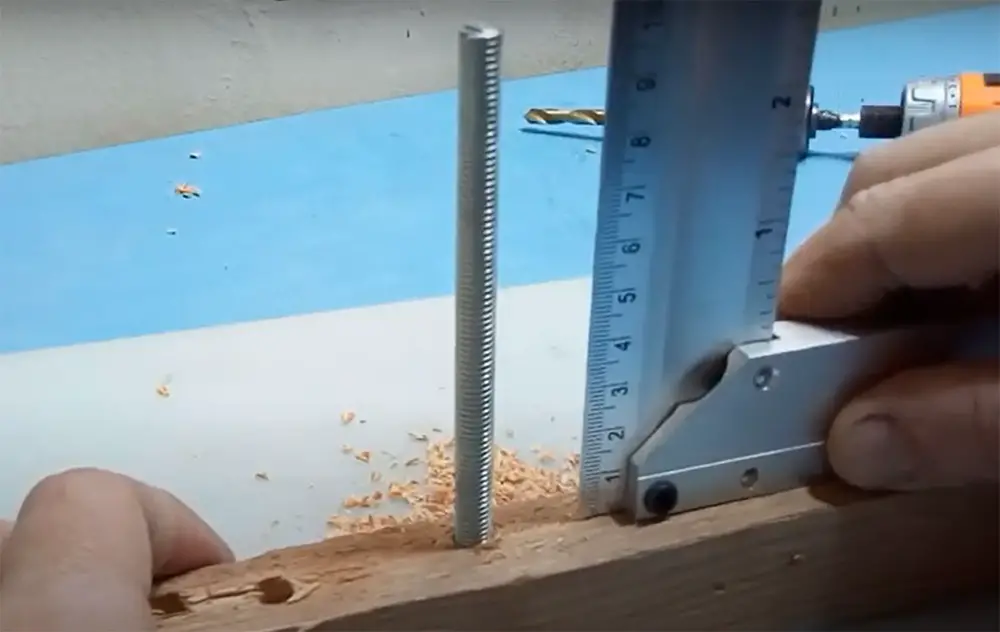
If you’re having trouble drilling in a tight space, there are some things that you can try. First, make sure that the bit is sharp. A dull one will make it more difficult to drill through hard materials. You can also try using a different type of drill bit, such as an auger bit. These bits are designed to drill through tough materials. Finally, if you’re still having trouble, you can try using a power drill. A power drill will make it easier to drill through hard materials.
Keep in mind that drilling in a tight space can be difficult. It’s important to take your time and go slowly. If you force the drill, you might end up breaking the bit or damaging the material that you’re trying to drill into. [2]
FAQ
How do I make sure I drill perpendicularly?
Use a drill press. If you don’t have a drill press, make sure the piece you’re drilling into is clamped down securely. A hand held power drill will do the job if your hands are steady and you take your time.
Another way to ensure perpendicularity is to use a 90-degree angle attachment on your drill. This accessory slips over the end of the chuck and has a handle that allows you to apply pressure while drilling.
For both of these methods, it’s important to use a center punch to make a small divot in the surface of the material. This will give your drill bit a place to start and prevent it from slipping. [3]
Another method is to use a self-centering drill bit. These have two cutting edges and a point in the middle that helps keep the bit on track. Just be aware that they’re not good for large diameter holes.
What is the best way to avoid damaging my work piece?
There are several ways you can avoid damaging your workpiece when drilling:
- Use tape or painter’s blue masking tape on the area around the hole you’ll be drilling.
- Use a smaller bit than you think you need for preventing the bit from getting stuck in the hole and breaking your workpiece.
- Drill slowly and steadily, applying just enough pressure to keep the drill bit moving. If you apply too much pressure, the drill bit may slip or break.
How do you make sure you don’t drill too far?
You can use a simple stop block to help with this. A stop block is just a piece of scrap wood that you screw or nail to the wall at the desired stopping point for your drill bit. Line up the tip of your drill bit with the edge of the stop block, and start drilling. When you reach the stop block, you’ll know you’ve drilled as far as you need to. [4]
Another way to prevent drilling too far is to mark the depth of your hole on the drill bit itself with a piece of tape. Wrap the tape around the drill bit at the correct spot, making sure that it’s tight against the flutes (the grooves) on the drill bit. When you start drilling, keep an eye on the tape. Once it reaches the level of the surface you’re drilling into, you’ll know to stop.
How do you drill to correct depth?
If your goal is to simply make a hole in a piece of wood or metal, then you don’t need to be as concerned with depth. You can eyeball it and stop when the bit has gone through the entire thickness of the material.
However, if you need to make a specific-depth hole (for example, for dowels or shelf supports), then there are a few different ways to ensure accuracy:
- Use a pencil to mark the desired depth on the drill bit before you start drilling. As you drill, keep an eye on the mark and stop when you reach it.
- Use a depth stop attachment – these fit onto the end of the drill bit and have a collar that can be adjusted to set the maximum depth of drilling. The collar sits against the material as you drill, so when it reaches the right depth, the drill bit stops automatically.
- Use a depth gauge – this is a tool that looks like a small ruler and attaches to the side of the drill. It has a pointer that rests on the surface of the material and moves up and down as you drill, so you can easily see when you’ve reached your desired depth.
How do you drill screws in tight spaces?
The first step is to find a drill bit that is the same diameter as the screw. If you can’t find an exact match, choose a drill bit that is slightly smaller. Next, use a power drill to create a pilot hole in the wall. Be sure to hold the drill perpendicular to the surface.
If your screw is too long, it will protrude through the other side of the wall. To avoid this, start by drilling a shallow hole. Then, insert the screw into the pilot hole and mark where it needs to be cut. Use a hacksaw or rotary tool to trim the excess length off of the screw.
Now you’re ready to insert your screw into the pilot hole and tighten it into place. If you’re having trouble getting the screw started, try using a power drill on the lowest setting. Once the screw is in place, finish tightening it by hand.
How do you drill a hole in a straight line?
One of the most common questions we get asked is how to drill in a straight line, so let’s start there.
The first and most important thing you need for drilling a hole in a straight line is…a drill bit! If you don’t have one of those, it’s going to be pretty tough to make a hole in anything.
Once you’ve got your drill bit, there are a couple of different ways you can go about drilling a hole in a straight line. One way is to use a guide. A lot of people like to use painters’ tape for this, but really any kind of tape will do. Just put the tape on the surface where you want your hole to be, and then drill through the tape.
Another way to drill a hole in a straight line is to use a center punch. This is a tool that you can use to make a small dent in the surface of whatever you’re drilling into. That way, when you start drilling, your bit will have something to grip onto and stay in place. [5]
The last thing to keep in mind when drilling holes is that… you need to be careful! Drilling can be dangerous, so it’s important to take some safety precautions. Always wear eye protection, and be sure to keep your fingers clear of the drill bit while it’s spinning. If you’re not careful, you could end up with a nasty injury.
How do I stop my drill from walking?
First, make sure you have a good grip on the drill. A lot of times, people try to brute force their way through a project and end up losing control of the drill. Second, use your body weight to stabilize the drill. You don’t need to put all your weight into it, but using your body will help keep the drill more level. Finally, go slowly at first. It’s tempting to just jam the drill into whatever you’re trying to do, but that almost never works out well. Start slow and increase speed as needed. [6]
Useful Video: Drilling in a very tight space
Conclusion
In conclusion, if you’re looking to drill in tight spaces, there are a few things to keep in mind. First, make sure you have the right tools for the job – an electric or cordless drill will likely be your best bet. Second, take your time and be careful – rushing could cause damage to both your drill and the surrounding area. Finally, remember that practice makes perfect – the more you drill, the better you’ll get at it!
We hope this guide has been helpful – happy drilling!
References:
- https://goimprovehome.com/drilling-holes-in-tight-spaces-detailed-guide/
- https://sawsonskates.com/right-angle-drill-for-tight-spaces/
- https://www.hunker.com/13715145/how-to-drill-straight-perpendicular-holes
- https://dfarq.homeip.net/how-to-not-drill-too-deep/
- https://cs.trains.com/mrr/f/88/t/48909.aspx
- https://abutterflyhouse.com/prevent-drill-bit-from-walking/






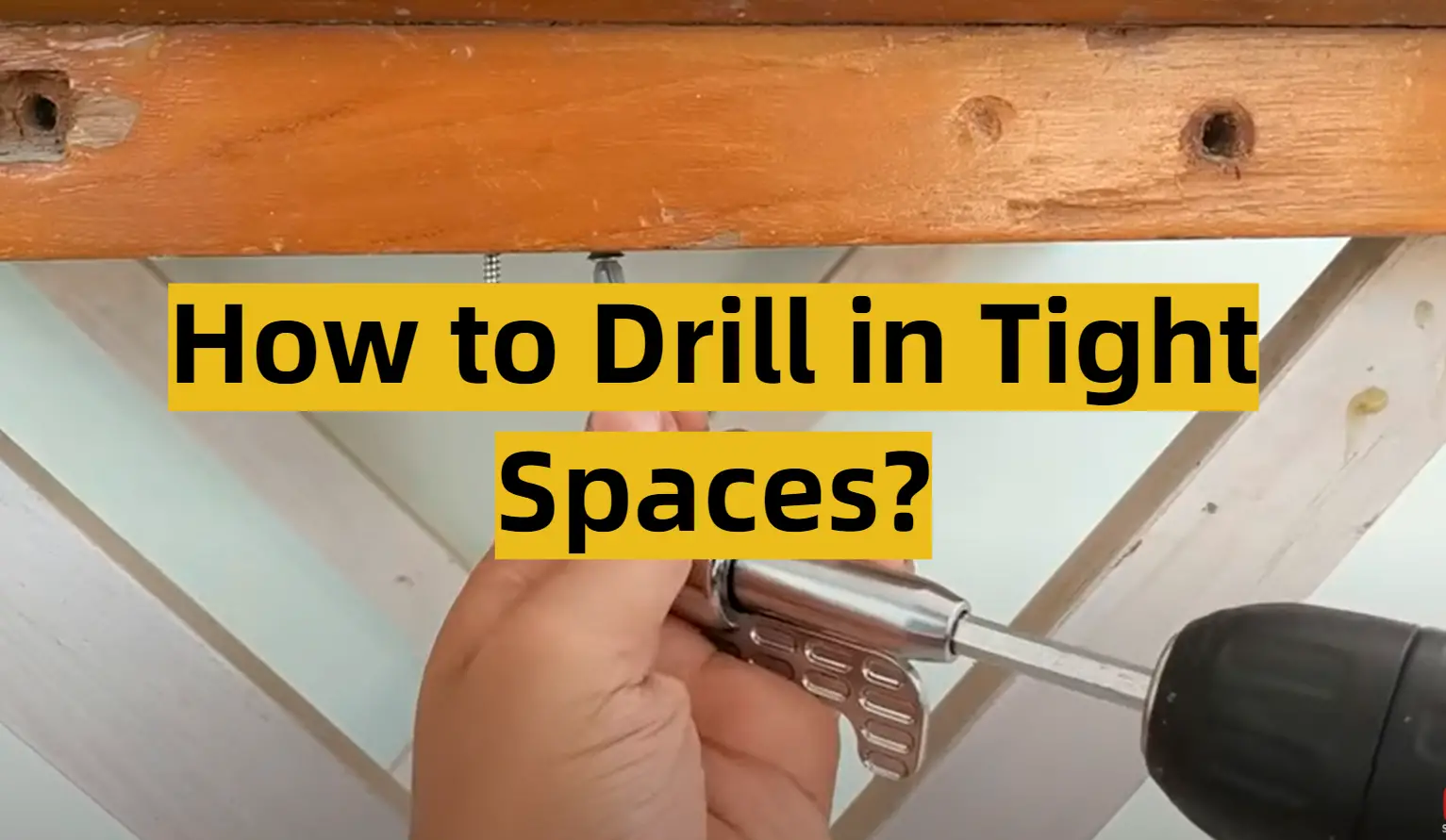




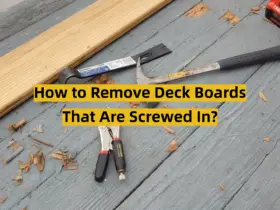

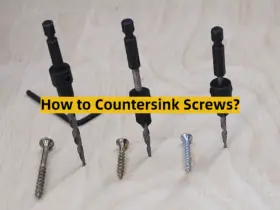
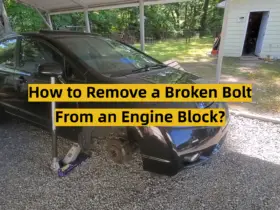
Leave a Reply